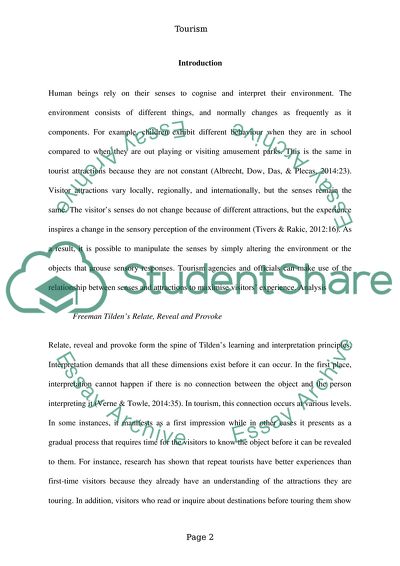Cite this document
(Role of the Senses in Experiencing Visitor Attraction Coursework, n.d.)
Role of the Senses in Experiencing Visitor Attraction Coursework. https://studentshare.org/tourism/1861344-the-role-of-the-senses-in-experiencing-visitor-attraction
Role of the Senses in Experiencing Visitor Attraction Coursework. https://studentshare.org/tourism/1861344-the-role-of-the-senses-in-experiencing-visitor-attraction
(Role of the Senses in Experiencing Visitor Attraction Coursework)
Role of the Senses in Experiencing Visitor Attraction Coursework. https://studentshare.org/tourism/1861344-the-role-of-the-senses-in-experiencing-visitor-attraction.
Role of the Senses in Experiencing Visitor Attraction Coursework. https://studentshare.org/tourism/1861344-the-role-of-the-senses-in-experiencing-visitor-attraction.
“Role of the Senses in Experiencing Visitor Attraction Coursework”. https://studentshare.org/tourism/1861344-the-role-of-the-senses-in-experiencing-visitor-attraction.


